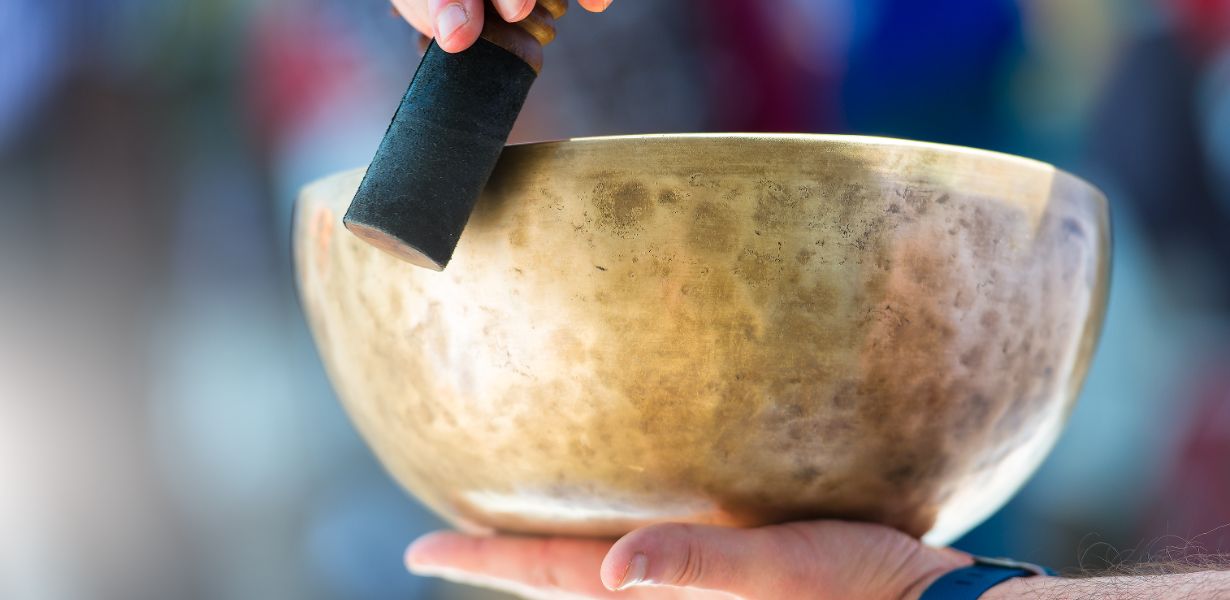
In the heart of Asia, where pristine landscapes meet a rich cultural tapestry, lies Tibet, a region known for its unique traditions and spiritual heritage. This blog aims to delve deep into the essence of Tibet and its traditions, shedding light on the profound aspects that make this land so enchanting.
The Rooted Traditions of Tibet
Tibetan traditions are deeply rooted in spirituality, Buddhism being the core. Tibetan Buddhism is a unique blend of Mahayana and Vajrayana traditions. Monasteries, prayer flags, and the mesmerizing chants of monks create an ambiance that resonates with tranquility and devotion. The Potala Palace, a UNESCO World Heritage site, is a testament to this spiritual heritage.
Preserving Tibetan Language
The Tibetan language is the lifeblood of their culture. With its intricate script and tonal qualities, it's a challenge to learn. However, efforts are underway to preserve this ancient language through educational initiatives, ensuring it remains a vibrant part of Tibetan identity.
Tibet’s Unique Festivals
Tibetan festivals are vibrant and colorful celebrations that reflect the deep connection between the people and their land. Losar, the Tibetan New Year, is marked by traditional dances, sumptuous feasts, and the display of intricate butter sculptures. These festivals are a testament to the resilience of Tibetan culture.
The Struggle for Autonomy
Tibet's quest for autonomy has been a long and challenging one. The region has faced political challenges over the years, leading to calls for self-determination. The Dalai Lama's continuous efforts to find a peaceful resolution have gained global recognition and support.
The Art of Thangka Painting
Tibetan art is not just a form of expression but also a spiritual journey. Thangka paintings are intricate pieces of art that often depict deities, mandalas, and intricate symbols. These paintings are not just art; they are visual manifestations of Tibetan spirituality.
Tibetan Medicine and Holistic Healing
Tibetan medicine, known as Sowa Rigpa, is a holistic approach to healthcare. The use of herbs, minerals, and various therapies aims at achieving physical and mental balance. The intricate knowledge passed down through generations is a treasure trove of wisdom.
Protecting Tibet's Environment
Tibet is often referred to as the “Third Pole” due to its vast glaciers. As the world grapples with climate change, the Tibetan Plateau plays a crucial role in regulating the Earth's climate. Conservation efforts are essential to protect this fragile ecosystem.
Tibet's Contribution to World Peace
Tibet's message of peace and compassion has resonated globally. The Dalai Lama, the spiritual leader of Tibet, is a prominent advocate for non-violence and interfaith dialogue. His efforts have been recognized with the Nobel Peace Prize.
Final Words
In conclusion, Tibet is not just a geographical region; it's a spiritual and cultural treasure trove. The traditions of Tibet are more than rituals; they are the embodiment of a way of life that values compassion, harmony, and enlightenment. As Tibet continues its journey, the world can learn valuable lessons in preserving cultural heritage and the environment.
Commonly Asked Questions
1. Why is Tibetan Buddhism so unique?
Tibetan Buddhism incorporates elements of Mahayana and Vajrayana traditions, which make it distinct. The focus on meditation, prayer flags, and the use of mantras contribute to its uniqueness.
2. What are the major challenges facing Tibet today?
Tibet faces challenges related to political autonomy, environmental conservation, and preservation of its culture and language. These challenges have garnered international attention and support.
3. How does Tibetan medicine differ from modern medicine?
Tibetan medicine, or Sowa Rigpa, is a holistic approach that emphasizes balance in both body and mind. It uses herbs and minerals for healing, contrasting with the more pharmaceutical approach of modern medicine.
4. What is the significance of the Potala Palace?
The Potala Palace, a UNESCO World Heritage site, is the winter residence of the Dalai Lama. It is a symbol of Tibetan culture, spirituality, and history.
5. How can one contribute to the preservation of Tibetan traditions?
Supporting initiatives that promote Tibetan language and culture, as well as raising awareness about the environmental issues Tibet faces, can contribute to the preservation of Tibetan traditions.





